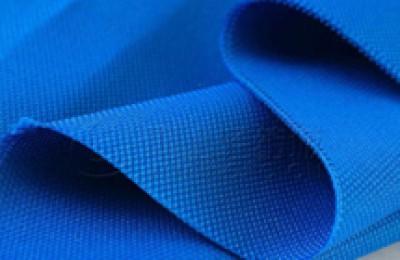The number of neps and impurities is an important indicator of yarn quality. It not only affects the inherent strength of the yarn and labor productivity, but also seriously affects the appearance quality of the final product. Therefore, it is necessary to control and reduce the number of foreign particles in the raw sliver.
1. Raw cotton quality
The elasticity of raw cotton with moderate maturity, Good rigidity, high single fiber strength, good compression and bending resistance during spinning, and low possibility of neps formed due to rubbing and entanglement of fibers during processing; the higher the short staple rate of raw cotton, the easier it is to spread and The more adhesion channel components, rubber rollers, aprons, etc. collect and fly, the more knotted yarn will be. The finer the raw cotton, the softer the fiber, and the easier it is to form neps; fiber seed scraps are also easy to form neps.
2. Opening and cleaning process
The greater the speed of the cotton picking machine, the greater the blow. Although it is large, it is good for removing impurities, but it can easily lead to insufficient air supply in the cotton pipeline, which is not conducive to the smooth transfer of cotton bundles, and can easily cause bunching and neps. In order to reduce neps, the blowroom equipment should be five-light, two-accurate, one-passage and two-sensitive, that is, the cotton flow or cotton layer channel, brad nails, comb needles, blades and other components should be smooth; the front and rear airflow should be smooth; the beater and dust rod, beater and The distance between cotton stripping knives should be accurate; the swing grid, mercury switch and electrical control should be sensitive.
3. Carding process
(1) Temperature and humidity in the carding workshop. If the temperature and humidity are too high, the opening will be poor and neps will increase; if it is too small, it will easily cause flying flowers, and neps will be produced after the cotton sliver is attached. Generally speaking, the carding workshop should control a low relative humidity, generally between 55% and 60%, to allow the fiber to release moisture, increase fiber rigidity and elasticity, and reduce friction between the fiber and the needle teeth and the filling of the tooth gaps.
(2) Card clothing selection. Generally, the 2525×1550 type of cylinder card clothing can be selected, which is beneficial to carding and transferring fibers; the 4030×1880 type of doffer card clothing can generally be selected. Doffer card clothing with appropriate tooth density can improve the doffer’s ability to condense fibers and improve the cotton mesh structure. ; Generally, MCH45 type flat card clothing can be selected. A reasonable flat card clothing type directly affects the quality of the card sliver, can increase the ability to hold and card the fibers, and significantly reduce the neps and impurities of the card sliver.
(3) Process parameters. Appropriate cylinder, licker-in, doffer and cover plate speeds can ensure the smooth transfer of fibers to the cylinder and reduce the damage to short lint and fibers. The speed of the flat plate should be controlled if it is too high; the speed of the doffer should be small; the spacing of each component should be selected appropriately, which is beneficial to the opening and carding of the cotton layer, increases the grabbing, stripping and transfer of fibers, and reduces the generation of neps. .
In addition, daily repairs and maintenance of equipment should be done to prevent flower return and damage. </p







